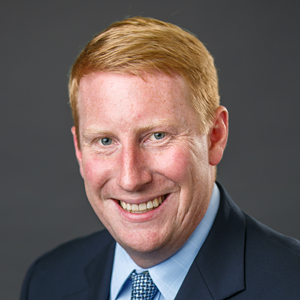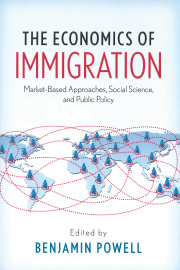SAN JOSE, CALIF. – San Francisco Mayor Gavin Newsom is pushing the city council to adopt an ordinance that forbids the use of municipal funds to purchase uniforms and other clothing made in “sweatshops.” Across the country, colleges often adopt similar standards for clothing displaying their school logos. North American unions, such as Unite Here, the apparel and housekeeping workers’ union, often lobby to impose working standards for developing countries similar to San Francisco’s proposed ordinance. Though these efforts are intended to help poor workers in the third world, they actually hurt them.
We use “sweatshop” to mean those foreign factories with low pay and poor health and safety standards where employees choose to work, not those where employees are coerced into working by the threat of violence. And we admit that by Western standards, sweatshops have abhorrently low wages and poor working conditions. However, economists point out that alternatives to working in a sweatshop are often much worse: scavenging through trash, prostitution, crime, or even starvation.
Economists across the political spectrum, from Paul Krugman on the left, to Walter Williams on the right, have defended sweatshops. Their reasoning is straightforward: People choose what they perceive to be in their best interest. If workers voluntarily choose to work in sweatshops, without physical coercion, it must be because sweatshops are their best option. Our recent research—the first economic study to compare systematically sweatshop wages with average local wages—demonstrated this to be true.
We examined the apparel industry in 10 Asian and Latin American countries often accused of having sweatshops and then we looked at 43 specific accusations of unfair wages in 11 countries in the same regions. Our findings may seem surprising. Not only were sweatshops superior to the dire alternatives economists usually mentioned, but they often provided a better-than-average standard of living for their workers.
The apparel industry, which is often accused of unsafe working conditions and poor wages, actually pays its foreign workers well enough for them to rise above the poverty in their countries. While more than half of the population in most of the countries we studied lived on less than $2 per day, in 90 percent of the countries, working a 10-hour day in the apparel industry would lift a worker above—often far above—that standard. For example, in Honduras, the site of the infamous Kathy Lee Gifford sweatshop scandal, the average apparel worker earns $13.10 per day, yet 44 percent of the country’s population lives on less than $2 per day.
In 9 of the 11 countries we surveyed, the average reported sweatshop wages equaled or exceeded average incomes and in some cases by a large margin. In Cambodia, Haiti, Nicaragua, and Honduras, the average wage paid by a firm accused of being a sweatshop is more than double the average income in that country’s economy.
Our findings should not be interpreted to mean that sweatshop jobs in the third world are ideal by US standards. The point is, they are located in developing countries where these jobs are providing a higher wage than other work.
Antisweatshop activists—who argue that consumers should abstain from buying products made in sweatshops—harm workers by trying to stop the trade that funds some of the better jobs in their economies.
Until poor nations’ economies develop, buying products made in sweatshops would do more to help third-world workers than San Francisco’s ordinance. By purchasing more products made in sweatshops, we create more demand for them and increase the number of factories in these poor economies. That gives the workers more employers to choose from, raises productivity and wages, and eventually improves working conditions. This is the same process of economic development the US went through, and it is ultimately the way third-world workers will raise their standard of living and quality of life.











